Thanks to the internet, it’s never been easier to create a business than right now. Creating an e-commerce business may seem simpler than creating a brick-and-mortar business, but it still takes work. The most complex part for most online businesses is online marketing.
Online marketing does two things for your business. It tells others about it and it creates a path for searchers to follow to pay you for whatever it is you’re offering. We call these promotion and funnel creation respectively.
What are eCommerce Marketing Channels?
eCommerce marketing channels are platforms or strategies businesses use to promote products, attract customers, and drive sales online. These include organic channels like SEO, paid options such as Google Ads, social media marketing, email campaigns, and affiliate marketing. Leveraging the right mix of these channels can significantly boost brand visibility and ROI.
For example, Shopify emphasizes the importance of a multichannel approach, while Shogun highlights customer-centric strategies like email automation. DataFeedWatch provides insights on channel-specific advantages, such as Google Shopping for product discovery or social platforms for audience engagement.
eCommerce Marketing Funnel
To maximize the impact of your eCommerce marketing channels, it’s essential to understand the concept of a marketing funnel. The funnel outlines the journey a potential customer takes from discovering your brand to making a purchase. It demonstrates how different marketing channels—like SEO for visibility, email for nurturing, and Google Ads for direct conversions—work together to guide customers through each stage.
Even the simplest online businesses follow a funnel, whether intentionally or not:
- Awareness: A customer discovers your site through search or a direct link.
- Interest: They explore your site, engaging with your products or content.
- Decision: They evaluate the product details and pricing, ready to make a choice.
- Action: With the final nudge—like a clear call-to-action—they make a purchase.
This framework, often tied to the AIDA (Attention, Interest, Desire, Action) model, ensures that each step aligns with a specific marketing goal, optimizing conversions and revenue growth.
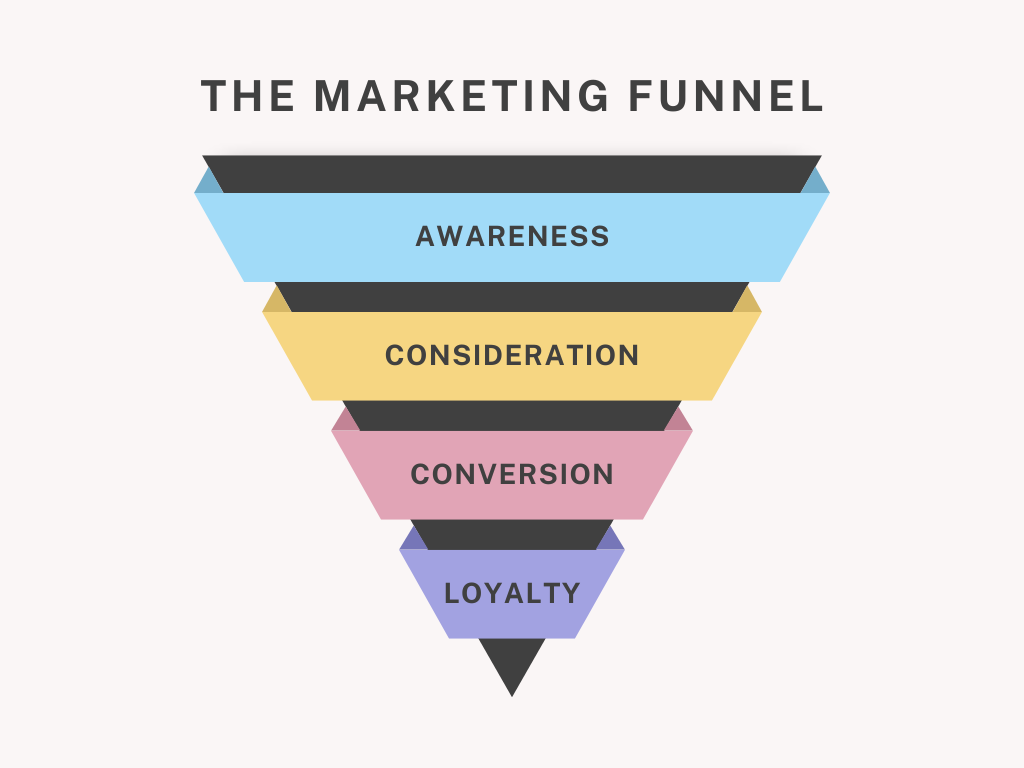
This process of moving people through these stages is called conversion, and there is a whole discipline of improving funnels called conversion rate optimization that can improve the number of people who buy from you over time. Raising your conversion rate is the surest sign that your marketing is working, and you can use it to calculate the ROI of your marketing spending.
Funnel structures can be described as stages that match the AIDA model, usually called top, middle, and bottom. The top of the funnel attracts attention and stokes initial interest. The middle of the funnel builds that interest and points them in the right direction. Sometimes that direction is away from your business if they’re a poor fit for you! The bottom of the funnel is where you push them to decide and take action. All the online marketing strategies you’ll encounter will fit into one or more of these stages.
Different Types of eCommerce Marketing Channels
eCommerce marketing channels encompass a variety of platforms and strategies designed to attract, engage, and convert customers. From organic methods like SEO to paid avenues such as PPC, each channel serves a unique role in driving sales. Understanding these channels—like email marketing and social media—can help businesses build effective, multi-channel strategies for growth and success.
Search Engine Optimization: Driving Traffic Organically
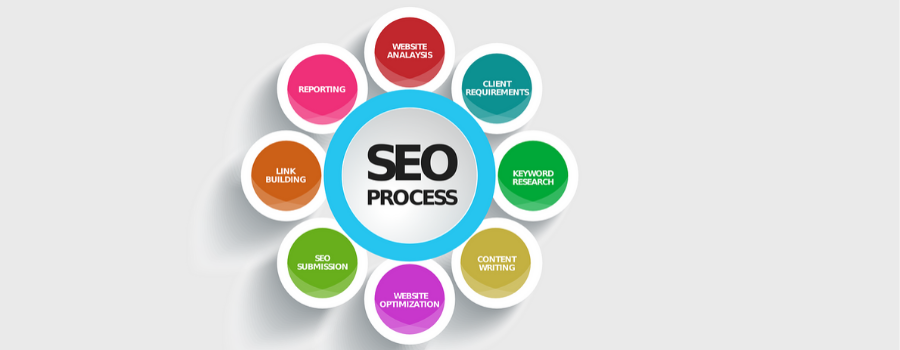
Search engines are often the primary way customers discover websites, making SEO an indispensable tool for eCommerce. Organic search—when users find your site in non-paid results—is both cost-effective and essential for long-term growth.
SEO services involve optimizing your site to rank higher in search results by aligning with search engine algorithms. This ensures your website appears for queries relevant to your audience’s needs.
Achieving strong SEO placement, ideally within Google’s top three results, gives your business a significant edge, driving traffic and boosting credibility. As a top-of-the-funnel strategy, SEO captures attention, solving the challenge of getting noticed in a competitive digital landscape.
Search engines will eventually discover and rank your site, but proactive SEO ensures this happens faster and more effectively, positioning your business for sustained success.
PPC Advertising: Driving Traffic with Precision
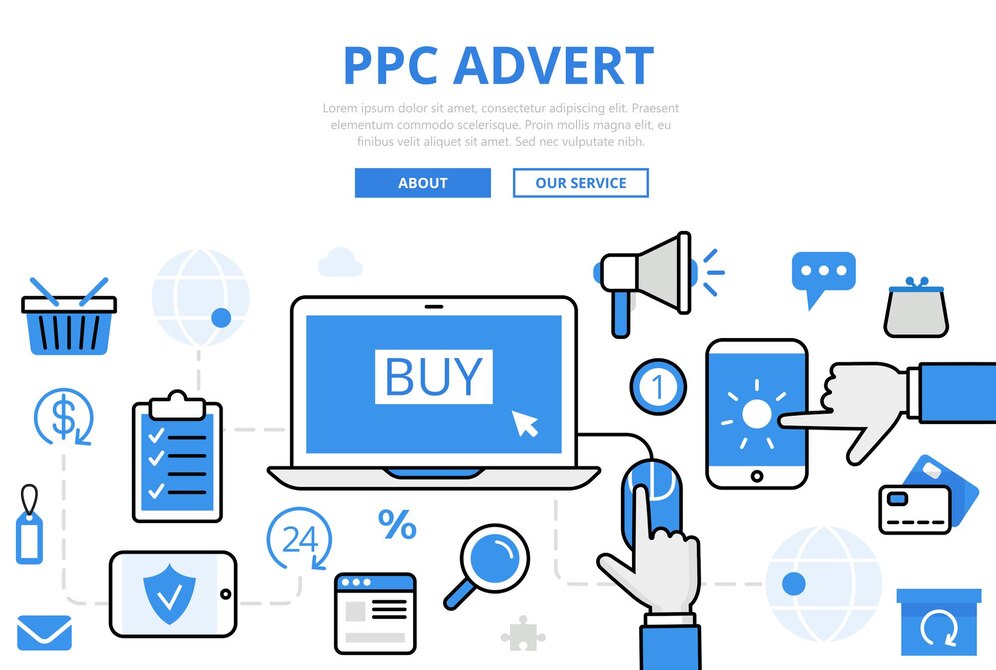
Pay-Per-Click (PPC) advertising is a powerful way to boost site traffic by paying for ads that appear when users search for relevant terms. Platforms like Google and Facebook thrive on this model, making PPC service an effective method to attract attention quickly.
For PPC to succeed, two critical elements are necessary: a well-built funnel and a prepared infrastructure to handle increased traffic and orders. Additionally, PPC requires financial investment, as you pay a set amount for each ad click. This cost varies depending on factors like competition and ad relevance.
As a top-of-the-funnel strategy, this method is highly effective when implemented wisely. However, without a solid conversion funnel, it can lead to wasted resources, as traffic may fail to convert into sales. Used strategically, PPC acts as a turbocharger for your eCommerce growth.
Email Marketing: Turning Subscribers into Customers
Email marketing has come a long way from the days when all commercial email was spam. Good email marketing is the most powerful mid and bottom-funnel tool you can use. Done well, a large portion of your revenue can come from just sending an email to your mailing list. The key here is creating an email list that contains high-quality addresses.
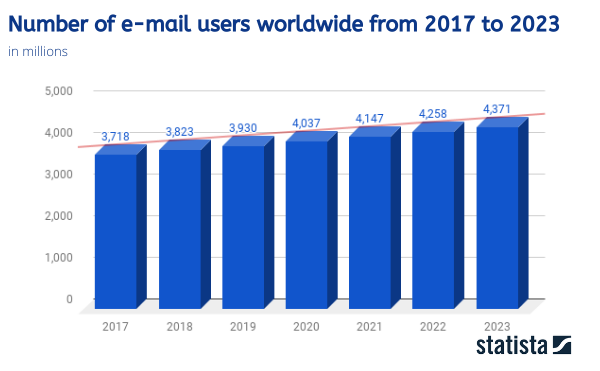
For those of you familiar with traditional marketing, email marketing is the online equivalent of direct marketing, but better. People must ask to sign up to receive marketing messages. This means that the people you email are already a warm lead. They are usually interested in what you have to say. This makes it much easier to pitch an offer to them, especially a higher-value one.
If you have a knack for this, email marketing may be the only kind of extra marketing you need after funnel creation and SEO. It’s that powerful.
Social Media Marketing: Building Brand Awareness
Social media marketing leverages platforms like Facebook, Twitter, LinkedIn, and more to promote your brand, connect with customers, and drive sales. These platforms can support every stage of the marketing funnel, but they are particularly effective for mid-funnel strategies that nurture leads and build engagement.
One of the greatest strengths of smm is its ability to foster two-way communication. Businesses can interact directly with their audience, gaining valuable insights into customer preferences and addressing concerns in real time. This dialogue builds trust, loyalty, and a sense of community around your brand.
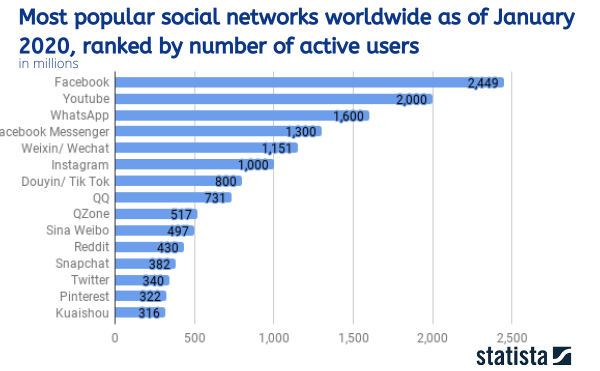
There are two big mistakes that people make with social media marketing:
- Treating Social Media as a Static Billboard: Social media is not a “set it and forget it” channel. Success requires consistent, thoughtful content creation and active engagement. A dedicated team member should manage posts, monitor replies, and respond promptly to customer interactions.
- Overextending Across Platforms: It’s tempting to establish a presence on every social platform, but spreading yourself too thin can dilute your efforts. Focus on the platform where your audience is most active and develop a strong strategy there before expanding to others.
When used strategically, social media marketing service is a powerful tool for connecting with your audience, driving sales, and strengthening your brand’s reputation.
Content Marketing: Educating Your Audience
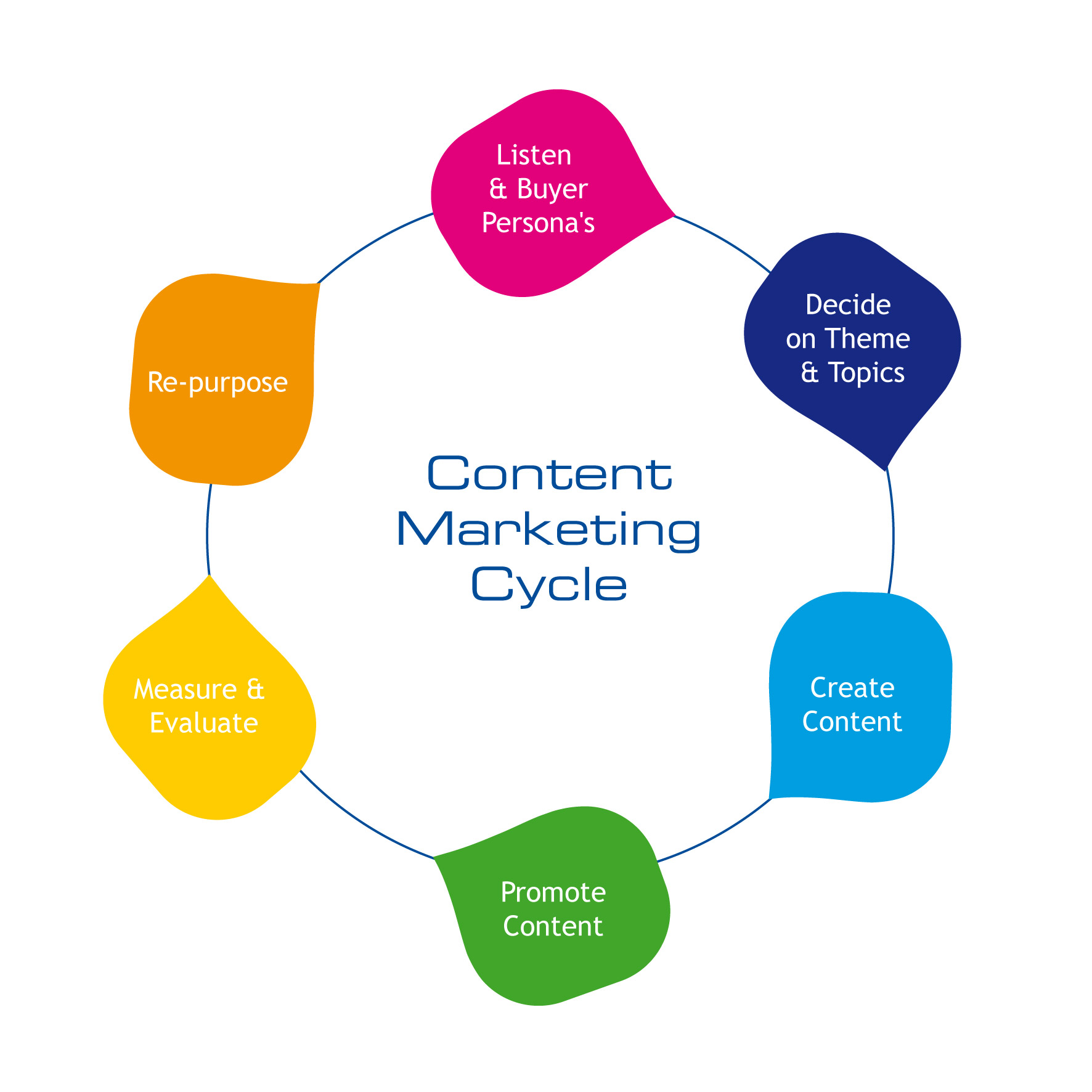
Content marketing involves using blogs, articles, e-books, infographics, videos, podcasts, and more to engage your audience, inform them, and promote your products.
The strategies for content marketing vary widely depending on your audience’s needs, your niche, and your goals. Some content approaches require minimal effort, while others demand more frequent posting. The primary objective is to build trust with your audience by offering valuable content that educates and entertains. When people find useful information, they develop a positive connection to your brand, increasing the likelihood they’ll make a purchase down the road.
Content marketing can be effective throughout your sales funnel. Whether you prefer writing, speaking, or creating videos, it’s a versatile tool for growing your business. However, it’s worth noting that content marketing can take time to show results, and measuring its ROI is often more challenging compared to other strategies.
Analytics and Monitoring: Using Data to Optimize The Strategy
One of the key advantages of digital marketing over traditional methods is the ability to easily collect data on user behavior. This data is the key to understanding how well your marketing efforts are performing and what adjustments need to be made for better results.
This process of gathering and analyzing data is known as analytics. Metrics are the individual data points within an analytics tool, which help track your performance. Popular tools like Google Analytics (free and user-friendly) and Facebook’s own analytics suite provide essential insights into user behavior and engagement.
While you don’t need to be a data scientist to use these tools effectively, it’s important to know which metrics are most relevant to your marketing goals. There are countless metrics available, each tailored to different types of campaigns. Using the wrong ones could lead to misguided efforts and wasted resources.
One fundamental metric that every business should track is the conversion rate—the percentage of visitors who take a desired action, such as downloading a free resource or completing a purchase. Monitoring conversion rates helps you identify areas for improvement and optimize your strategy for better outcomes.

For example, if 1,000 people visit your page in a month and 100 of them provide their email addresses, you would have a 10% conversion rate for that part of your funnel. By calculating the cost per lead and combining it with your average sale per customer, you can determine if your marketing efforts are financially viable.
However, it’s important not to get overwhelmed by the vast amount of available data, especially if you’re new to analytics. Instead, focus on the most important metrics that align with your specific goals. To help you decide, you can perform a quick Google search, such as “analytics for <goal>,” to find metrics that are most relevant to your objectives.
Here are some general pointers that with any kind of analytics can save you money and heartache.
- Set a Baseline: Metrics should be measured against a baseline to understand how your numbers have changed. Without this starting point, it’s difficult to gauge whether improvements or declines are significant.
- Be Patient with Metrics: Some metrics update in real-time, while others may take time to reflect changes, depending on factors like user behavior or marketing campaigns. Keep this in mind when tracking performance.
- Understand What Your Metrics Represent: Clearly define what each metric means in relation to your funnel and your audience. Understanding the impact of changes in your data will allow you to make more informed decisions and adjust your strategies effectively.
By following these guidelines and focusing on the most relevant metrics, you can optimize your marketing efforts and ensure they’re driving the results you want.
Choosing the Right eCommerce Marketing Channels for Your Business
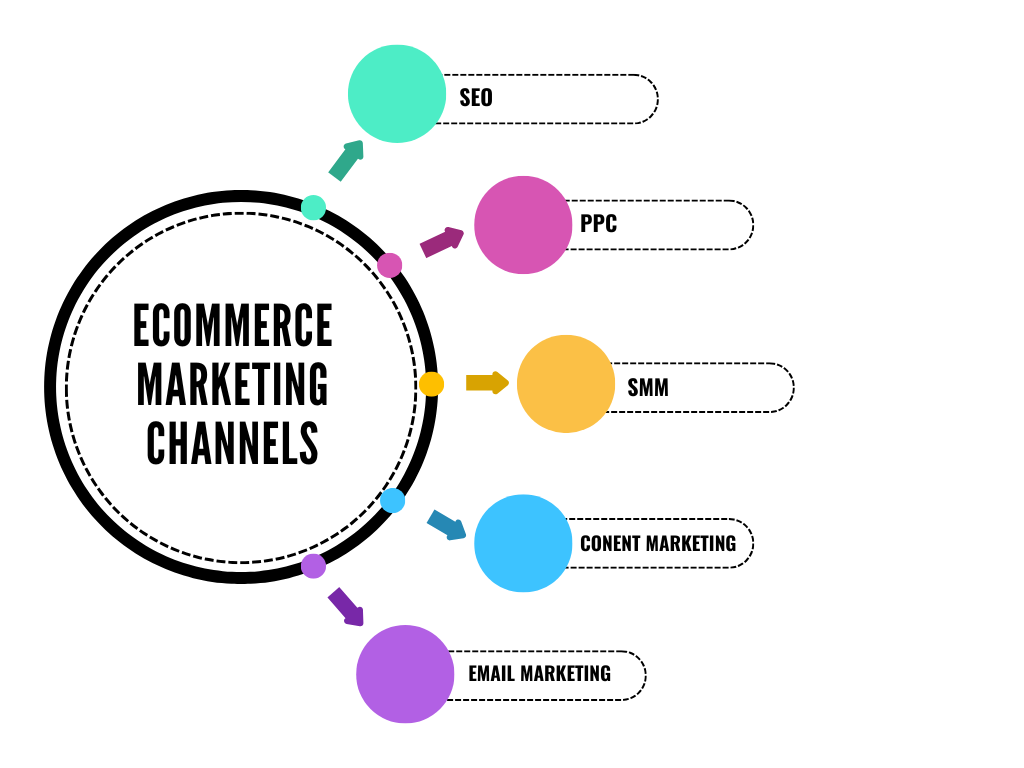
In today’s digital world, businesses have more tools than ever to promote their products and create a seamless buying experience for customers. However, customers expect a smooth path to purchase, so building strong and efficient marketing funnels is essential.
Even with a well-designed website, relying solely on organic search can limit your reach. That’s why combining strategies like SEO, PPC, and content marketing is key to driving traffic and increasing sales.
If you’re unsure about the best approach, relying on a trustworthy digital marketing agency can be a smart move. They can advise you on the right platforms for your eCommerce business and implement strategies tailored to your needs, helping you achieve better results and maximizing your ROI.